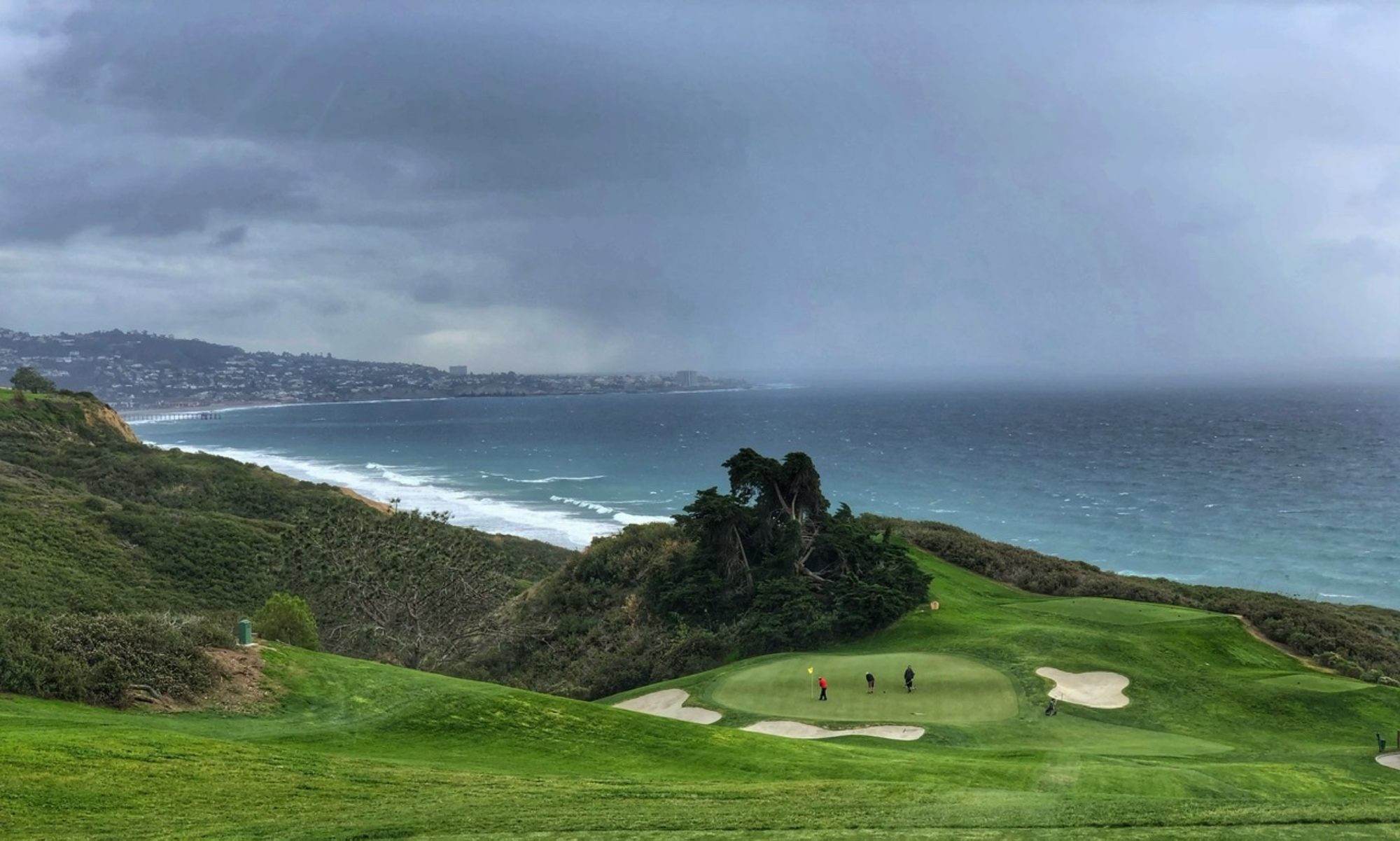It was 1963, the Yankees were swept by the Dodgers in the World Series, the Kennedy assassination was to be a month later and the Jetsons were on network TV. My upstairs neighbor, a wise old soul, a year ahead of me in 5th grade, casually predicted the future as he was downing his second Twinkie. “By 2000, all of the Jetsons things will be there for us.” The flying cars, the robot maids, the vacuum transport to Europe and the 2 day work week.
Fast forward to New Years Eve, 2000 as I anxiously turned on the TV to watch the Times Square Ball drop to usher in the new millennium. Car commercials came on, all terrestrial vehicles, United Airlines ads promising low fares to Europe at subsonic speed and no robots in sight in my Southern California home. How could Joel, my upstairs neighbor, be so wrong? A case of media distortion syndrome, baby boomer edition, no doubt.
Social media is replete with opinions and conspiracies that pass as truth and shape our world today. My generation, spared from the early influence of the internet, was a product of broadcast television. The three networks (CBS, ABC and NBC) and local New York City stations, WNEW channel 5 and WPIX, channel 11, raised us through the ‘50s and 60’s and shaped our proclivities, biases and sense of reality. Through the writer’s scripts, we were raised on the magical, the ingenuity of the white male, the geological time slips, bigotry-lite, and anthropomorphisms. Here is a sampling of television education gone wrong:
- The Magical
- Bewitched: A corporate advertising executive who marries a witch that can twitch her nose and change reality.
- I Dream of Jeannie: An astronaut finds a magic lamp and releases an attractive genie who alters reality and discombobulates authority.
- The Flying Nun: Self explanatory.
- Ingenuity and Family Glue: The White Male
- Family Affair: A wealthy, N.Y. bachelor engineer becomes surrogate father to two prepubescent 6 year olds and a female teenager, assisted by his English valet. No problem!
- Bachelor Father: Bachelor attorney adopts his adolescent niece and live happily ever after.
- Sky King: Rancher and aviator raises his niece and extricates her from all sorts of perils.
- My Three Sons: Widowed engineer raises three sons with the help of his father-in-law and later invites his daughter-in-law to live with the extended family. No problem!
- Geological Mayhem
- The Flintstones: Stone age family lives in Bedrock with their pet sauropod dinosaur. Humans: Pleistocene epoch, Dinosaurs: died in Late Cretaceous: 65 million year gap; a rounding error to the networks.
- The Jetsons: Flying cars, humanized robots and push button jobs but no physicists consulting on the show..
- Anthropomorphisms
- Mister Ed: A debonair horse who only talks to his owner and has an egotistical streak.
- The People’s Choice: Politician’s basset hound makes wise cracks about the hi jinx experienced by his owner.
- My Mother the Car: Self Explanatory.
- Bigotry-Lite
- The Real McCoys: An Appalachian grandfather moves with his grandson, and his family to cast aspersions on California natives. Starring Walter Brennan, a John Birch Society member and avowed racist.
- All in the Family: A Queens cabdriver, Archie
Bunker, spins prejudice at home but his persona softened by his work ethic and his financial and housing support of his liberal son-in-law. - The Beverly Hillbillies: Appalachian family moves to California where rich, wealthy Californians belittle the rural immigrants. A mirror image of The Real McCoys.
What we digested from those 3 networks and local feeds was entertainment to some and truth and dogma to others. Twitch your nose, rub a lamp, consult your single male engineer/attorney about child rearing or converse with your horse or your loquacious canine and prepare for a blissful life. As to our current world, with each more outrageous conspiracy theory espoused on cable and social media, the Senate ready to discuss disenfranchisement of millions of voters I can only shake my head and utter the insightful and comforting words of an equine star of yesteryear, “Oh Wilbur.”


